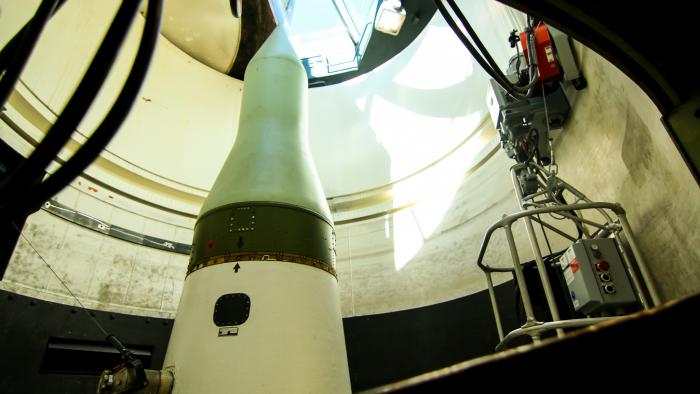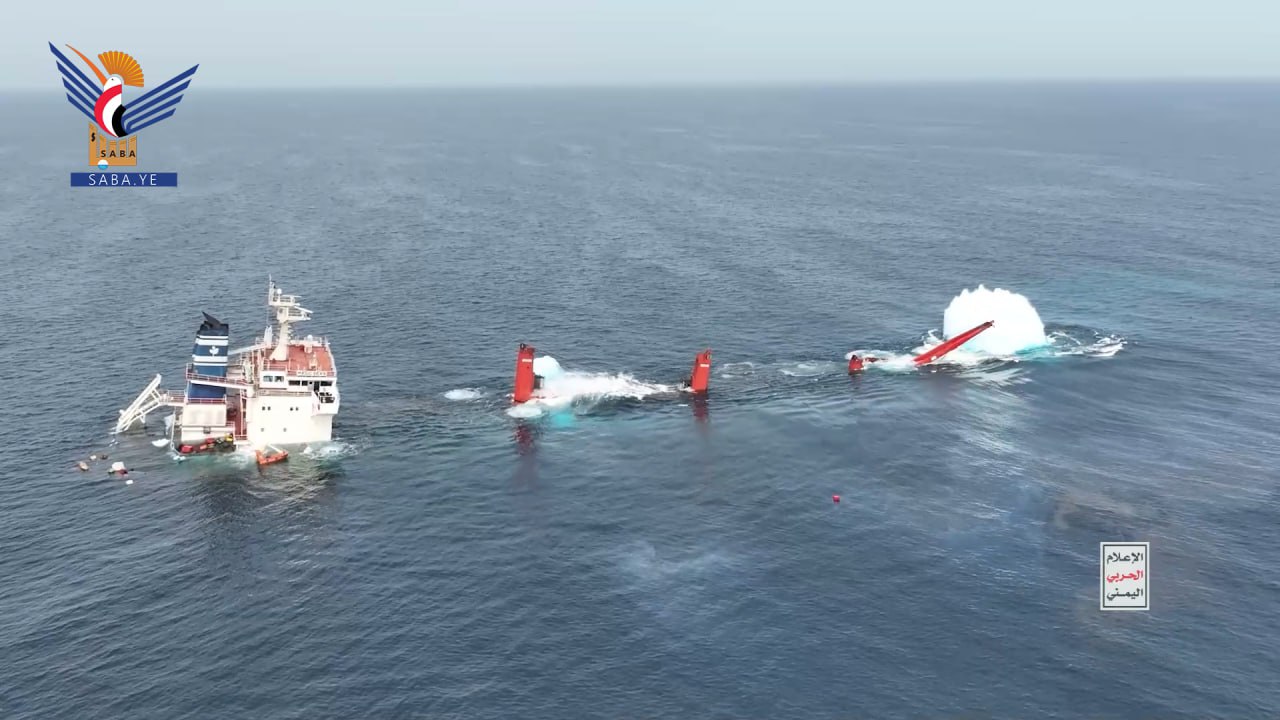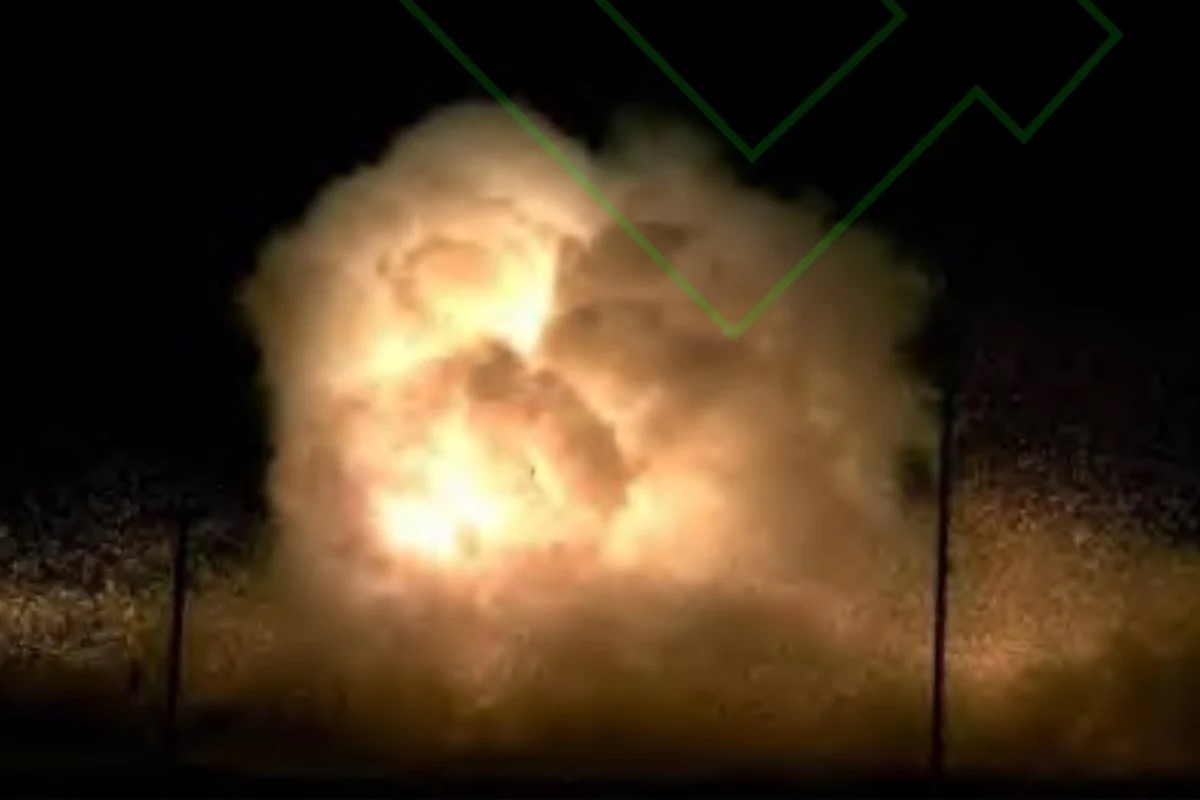This is Part 1 of a 2-part series on the nuclear modernization of the United States and the activities of the “nuclear lobby” in Congress.
Since the height of the Cold War, the US has positioned hundreds of nuclear missile silos in the middle and emptiest parts of North America. These ground-based silos were predicted to be part of the broader US deterrence policy, and came to be termed the “nuclear sponge,” referring to the fact that a potential enemy would have to commit massive resources to strike every last silo to ensure they were protected from retaliation in the case of a general war with nuclear weapons.
The idea also held at the time that by concentrating America’s ground-based nuclear arsenal in the states of Colorado, Wyoming, Nebraska, Montana, and North Dakota, it might spare major population centers.
However, this stratagem, if it were ever put to the test, would have resulted in catastrophic loss of life far beyond those 5 states—there would be enough radiation to potentially and quickly end the lives of hundreds of millions of people on the continent according to an extensive and brand new analysis published in Scientific American.
The analysis, called “Sacrifice Zones” is part of a broader series investigating the upcoming start of a $1.5 trillion modernization program organized during the Obama Administration that would refit these ground-based silos with new infrastructure and technology. An accompanying Scientific American editorial calls for the US to back away from updating its aging nuclear weapons, in particular the silo-launched missiles, and learn from the lessons of the 20th century.
“Scientific American has a long history of helping the public to understand the science of nuclear weapons, including the risks associated with land-based missiles. In 1976 and 1988 we published studies illustrating the likely fallout from attacks on these sites,” writes Laura Helmuth, the magazine’s Editor in Chief.
“Now, in 2023, sophisticated modeling allows us to map the likely radiological risks in unprecedented detail. These maps send a clear message with which the many nuclear safety and environmental experts we spoke to concur: these are not risks that we should be taking. We need to learn from the past and step back from a course that could threaten humanity’s future”.
In Sacrifice Zones, nuclear weapon expert Sebastien Philippe of Princeton University used higher resolution weather data from 2021 together with current modeling capabilities to show the risk to local populations as well as people across North America, including predicted fatalities and radiation exposure, to a level of detail never previously possible.
In addition to the assessment of fatalities, the feature also includes maps that demonstrate how fallout and fatalities could shift with changing weather patterns, which locations in the US are riskiest, and what the worst-case scenario could look like for any location across North America. Many communities have little or no idea they are in a radiological risk zone, in part because previous research has underestimated the risk. The new maps illustrate that nearly the entire population of the contiguous US and the most populated areas of Canada, as well as the northern states of Mexico, could be at risk of lethal fallout, depending on the weather conditions at the time of an attack.
How lethal? Beyond 2 million souls dying within the day from acute radiation exposure, as many as 300 million people would face 1,000 times the annual limit for radiation exposure which is about 4-5 rems, or rads. Death within days occurs under exposures of 1,000 rads. The researchers at Princeton took different weather conditions measured on 9 days separate days during the 2021 calendar year and used them to chart the path of the radiation sweeping across the plains and into surrounding metropolitan areas.
In several scenarios, acute doses of radiation that would cause death in nearly 100% of the population were carried by winds down across all the major cities in Iowa, Missouri, Oklahoma, and Texas, or straight through Chicago and down to Washington D.C., or completely saturating Chicago, Michigan, Wisconsin, Ohio, Indiana, Pennsylvania, Vermont, New York, and Massachusetts.

Part of the plan, part of the problem
Despite the absolutely world-ending potential of these weapons, there is an enormous blind spot in public discourse on national security behind which they sit ominously. Out on the blustery plains of North Dakota or Wyoming, these missiles that are now getting a large chunk of this $1.5 trillion makeover, including with, for the first time, new mass-produced plutonium cores, are meant to be targeted and destroyed.
Their addition to the US nuclear arsenal, command and control network, and national security strategy, is to be destroyed in the ground, in order to stretch the capabilities of an enemy nuclear attack to its limit, or to strike back in the case that they are not destroyed. However their immobile and undefended nature means their destruction is guaranteed, and for that, the US has its arsenal of nuclear submarines, long-range bombers, and ground-based launchers in Europe as back-ups.
“To preclude the possibility of enemy weapons destroying the missiles in their silos, the air force maintains the fleet on high alert, ready to launch on an order from the president—within minutes of enemy missile launches being detected,” writes Philippe and their team in the study’s overview, published in Nature. “This ‘launch on warning’ posture makes land-based missiles the most destabilizing leg of the U.S. nuclear triad (which also comprises the missiles based on aerial bombers and submarines). During the Cold War, there were several false alarms about enemy attacks”.
In his 2021 book about the Nuclear Age, The Doomsday Machine, renowned Pentagon whistleblower Daniel Ellsberg wrote that laxities in security apparatus such as passwords, (more than one, though Ellsberg doesn’t say how many, were 00000000) and a worryingly common malaise of disinterest were to be found among the staff operating the silos, which Ellsberg detailed was in part down to the sheer number of these silos, their year-round inactivity, and cookie-cutter nature.
Paired with these security issues, Sacrifice Zones details that the inhabitants of the US Midwest and its geographical parity in Central Canada are at risk in the case that one of these missiles detonates in its silo because of an electrical shock, fire, or earthquake.
“The history of the U.S. nuclear missile program provides several examples of silos or missiles catching fire and of missiles exploding in their launch tubes,” writes Philippe. “One time, in 1964, a warhead fell from the top of its missile to the bottom of its 80-foot-deep silo”
“Nuclear weapon accidents are not always discussed publicly. The Air Force hasn’t disclosed, for example, the nature of a 2014 “mishap” that occurred while personnel were troubleshooting a Minuteman. The episode caused $1.8 million in damages to the missile, which had to be removed from its silo”.
These weapons are called Minutemen missiles, and a Google search under that term reveals just how far the US has passed the nuclear perils of the 50s and 60s behind, as the search results show that at least some of these silos are under the jurisdiction of the National Park Service, and they are popping up as points of intrigue for Midwest road trips.
The dustbin of history doesn’t beckon these small features on the vast landscape, however, the danger they still present to the world may have only just begun. WaL
PICTURED ABOVE: A nuclear weapon test explosion at the Nevada testing site. PC: National Nuclear Security Administration.



